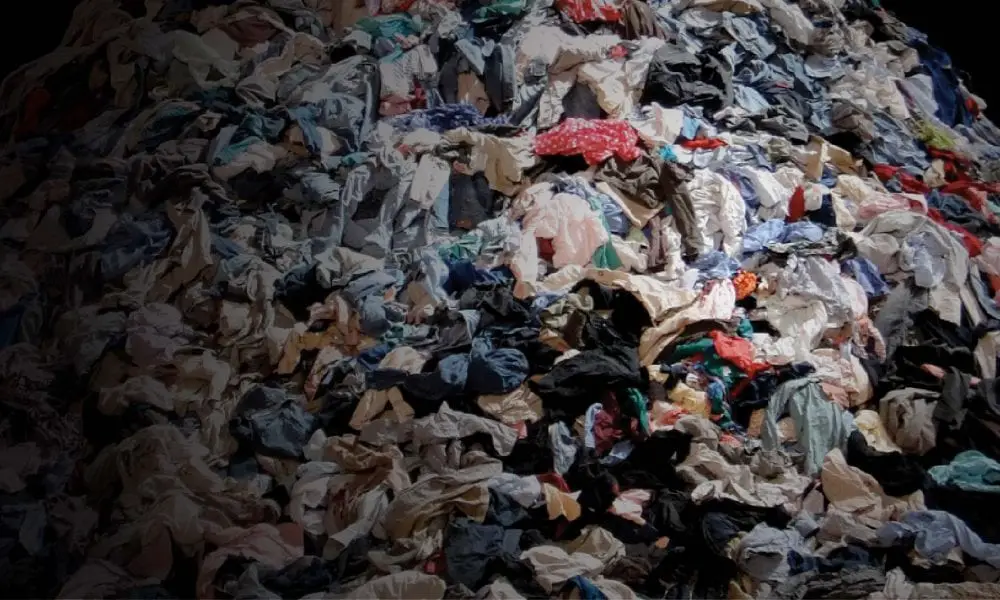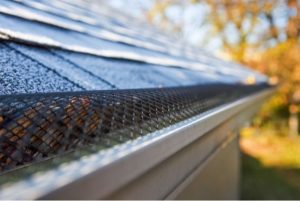We’re making progress on the textile waste problem!
It’s no secret that the past few months have been really tough for the retail sector. Many businesses have found the economic and consumer landscape really challenging, and with the present uncertainty due to the COVID-19 virus, it is hard some days to find the good news in the retail space.
I want to try and bring you some inspiration in these challenging times.
I have spent the past few months, researching interesting and positive innovations in the area of textile recycling. I do this because I am constantly curious as to what others are doing in this really important space and because it reminds me that there is always a new way to try and solve an old problem.
There is so much going on it is mind blowing. Some of the ideas are already considered ‘mature’ and are moving now into industrial and pilot scale with funding, others are still at the pre-pilot innovation stage and may move to funding and finally some are still research in labs but show the ‘art of the possible’ for the future.

There are several historical challenges in the textile recycling space that these innovative businesses are trying to deal with and find solutions for. They include:
- Volume: the solutions have to be at scale to actually solve the problem;
- Complexity: the solutions need to deal with both sortation and separation of blends;
- Legislation: countries are starting to ban or reduce traditional waste streams; and
- Customer attitudes: the consumers want simple solutions to complex problems.
Looking at the volume issue, one company making headway is Infinited Fibre, a cellulosic/cotton recycler based out of Finland, which is developing a 500-tonne-per-year industrial plant to use its ‘carbomate’ chemical separation process to produce its ‘Infinited Fibre’, similar to a viscose or a lyocell. This is different to traditional wet spinning, in that the business claims it uses less damaging chemicals than the old methodology, and it was recently previewed at Premier Vision in Paris.
Another Finnish business, Spinnova, is currently developing its cellulosic wet spinning process and claims to use no damaging chemicals at all. It is also looking to expand this process into what it describes as a ‘mega-trend’ of using agricultural waste, e.g. wheat straw, as the basis for fibres rather than wood pulp. This theme has emerged several times around the world.
The issue of complexity comes next. As we know, many garments in the textile world are blends, often polyester and something else, which makes recycling them more challenging. Firstly, blends must be sorted and then they must be chemically treated to break them down into their component parts. For many years, blends remained in the ‘too hard’ pile for this reason, but recently, several innovative businesses around the world have cracked the blend problem and are moving to commercial scale. They include Tyton Biosciences in the US, our own BlockTexx, in Australia and Worn Again in the UK.

One of the key breakthroughs enabling this progress is the ability to sort large amounts of pre and post-consumer waste into fibre types. The traditional textile sortation model was based on criteria such as garment type and garment quality, e.g. was it a saleable pair of men’s trousers, if so it could be sold or exported, if not, it went to landfill. But chemical recyclers need to know what a garment is made of, which requires new technology.
Organisations such as the Fibersort Consortium based in the Netherlands are building solutions for this issue. They are building a technology that can accurately sort up to 900kgs of textiles per hour. As their website says:
“The Fibersort is a technology that automatically sorts large volumes of mixed post-consumer textiles by material composition. This allows them to be recycled into new, high quality textiles. Once sorted, these materials become reliable, consistent inputs for high-value textile-to-textile recyclers.”.
Finally, I have had the pleasure of recently being involved with Fashion For Good’s South Asia accelerator program. Here we have been introduced to some amazing technology companies bringing their ideas regarding textile recycling to life. I cannot list them all, but some notable highlights include:
AltMat: they use a mixture of mechanical, chemical and enzymatic process to produce industrial fit fibre and yarn made of agri-waste such as hemp and banana waste sourced directly from farmers and hemp producers. This was called out by Spinnova.
Descatuk: they have developed a process of fibre extraction and yarn creation from grass to produce a fabric that has a similar look to linen but a lighter touch. Grown in the highlands of India, the wild grass doesn’t require water or pesticides to grow.
JSP Enviro: they treat common effluents with microbial fuel cells technology. The technology treats effluent water so it can be reused and simultaneously produces energy, making it a self-sustainable waste-water treatment system.
Each of these businesses, and there are hundreds more like them, represents positive and future-thinking innovation in the area of textile recycling.
It’s an exciting time to be involved in this space. And important breakthroughs are still to come, which will have an impact on the forward thinkers in the retail sector.
Adrian Jones is the co-founder of BlockTexx.
This article was originally published in Internet Retailing.





